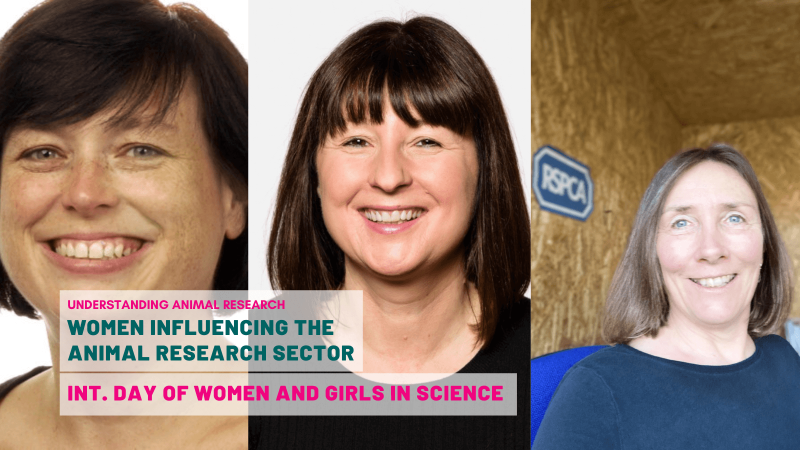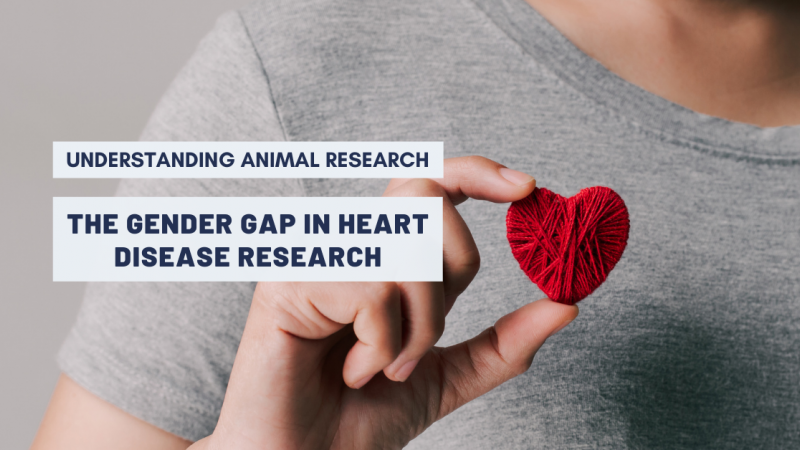On 11 February, the United Nations, partners worldwide, women and girls will mark the International Day of Women and Girls in Science. Why does it matter?
Joint statement
In a message for the International Day for Women and Girls in Science, Phumzile Mlambo-Ngcuka, Executive Director of UN Women and Audrey Azoulay, Director-General of UNESCO highlight the importance of encouraging a new generation of women and girl scientists to tackle to major challenges of our time. Read more ►
Recent studies suggest that 65 per cent of children entering primary school today will have jobs that do not yet exist. While more girls are attending school than before, girls are significantly under-represented in STEM subjects in many settings and they appear to lose interest in STEM subjects as they reach adolescence. Debunking the myths that girls do not like the sciences and other gender stereotypes, along with investment in teacher training, gender-responsive technology and innovation can reverse these trends.
http://www.unwomen.org/en/news/in-focus/international-day-of-women-and-girls-in-science
Below are four films showing working women scientists. Sarah Bailey uses mice to investigate brain receptors associated with depression. Dhifal Jasim specialises in the latest imaging techniques to show the location of potential medicines in the animal body. Sinead Savage models Parkinson's disease in rats and Samantha Terry develops new radioactive tracers to identify and treat cancer.
We hope you enjoy these snap-shots into the lives of four women in Science and perhaps consider showing these clips to any younger women you might know who have still to decide on their career pathway.
Last edited: 4 March 2022 12:24




